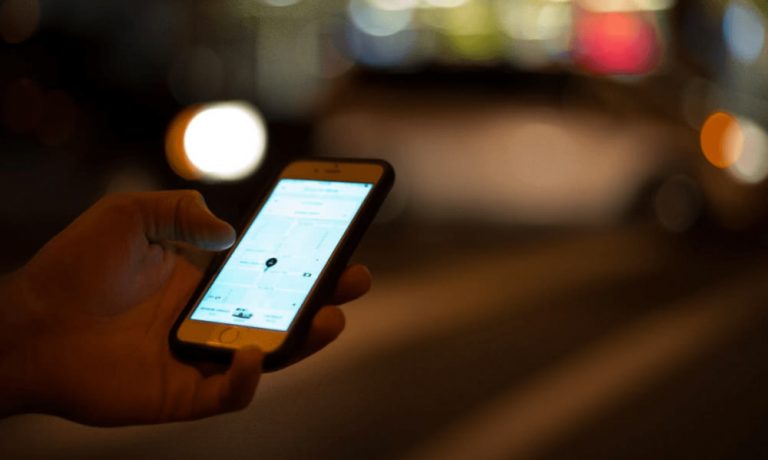“While Uber has revolutionised the way people move in cities around the world, it’s equally true that we’ve got things wrong along the way.”
This was the mea culpa of sorts that Uber CEO Dara Khosrowshahi gave in an open letter, after the company was banned from operating in London by the regulating body – Transport for London. The regulator cited “public safety and security” concerns.
“TfL considers that Uber’s approach and conduct demonstrate a lack of corporate responsibility in relation to a number of issues which have potential public safety and security implications,” TfL wrote in a statement, citing the company’s approach to reporting serious crimes, and their unsatisfactory screening of potential and current drivers.
They also claim the Uber software blocks “officials from undertaking regulator or law enforcement duties”.
Uber is used by 3.5 million passengers in London, with over 40,000 drivers – all of whom will be out of work from September 30, should the company not appeal the decision in time. Obviously they plan to do so, which should delay the implementation of this for months.
This kicks up big issues though. Could this ruling force regulatory bodies in other cities to re-examine the legalities of how Uber operates? Could Uber be driven out of Sydney? Is my Uber Eats still coming?
Uber Australia certainly don’t believe they are at any risk. “Australian governments have led the way globally in embracing ridesharing as a positive for both consumer choice and local economic opportunity”, a spokesperson for the company told me.
Love Music?
Get your daily dose of metal, rock, indie, pop, and everything else in between.
“We will continue to work closely with state governments and regulators on ensuring that millions of Australians are able to access safe, reliable and affordable transport in each of the cities in which we operate.”
He also pointed out that, all drivers on the Uber app in NSW “must hold a valid Driver Authorisation (DA) issued by Roads and Maritime Services before they can drive on the app. Drivers must pass a criminal and driving history check as well as a third-party vehicle inspection to obtain a DA from the RMS.”
This last point is salient, considering that shonky background checks were a major factor in the London decision.
Sydney has certainly embraced Uber, with over one million current customers (well, current app users – you aren’t all in Ubers at the moment), and 20,000 drivers. It is an industry unto itself, and of course when an industry rises out of nowhere, it quickly begins to occupy space once filled by another.
This November will be Uber’s fifth birthday in Sydney, and the impact on the taxi industry has been severe.
While many would cite the previous monopoly of taxi companies, and their rude, expensive, largely-uncharted services, and think, “well, good”, the impact on drivers goes far beyond the on-road competition for fares.
The taxi licenses themselves — licensing is controlled, limited in number, and therefore worth a lot — have plummeted in worth since Uber first hit Sydney streets. A license was worth $406,000 back in October, 2012, the month before Uber entered the market; they are now worth only $200,000.
While taxi drivers have seen both their livelihoods and assets take a hit, many others have leaped onto the relative freedom and low bar for entry that Uber driving offers, crafting careers where there weren’t careers five years ago. This is a good thing, a bad thing, and simply how capitalism works.
No doubt the taxi industry will be watching what is happening in London with interest, hoping that Sydney will follow suit.
It’s hard to say what will happen. If Uber can stay on the right side of legislators, the government, and their ever-growing customer base, they should enjoy a long future in Sydney.
Especially if they follow through on plans to trial flying taxis here…
Open letter to Londoners in today’s Evening Standard from Uber’s new CEO @dkhos: pic.twitter.com/LOuLgPvF4B
— Alex Belardinelli (@abelardinelli) September 25, 2017


































